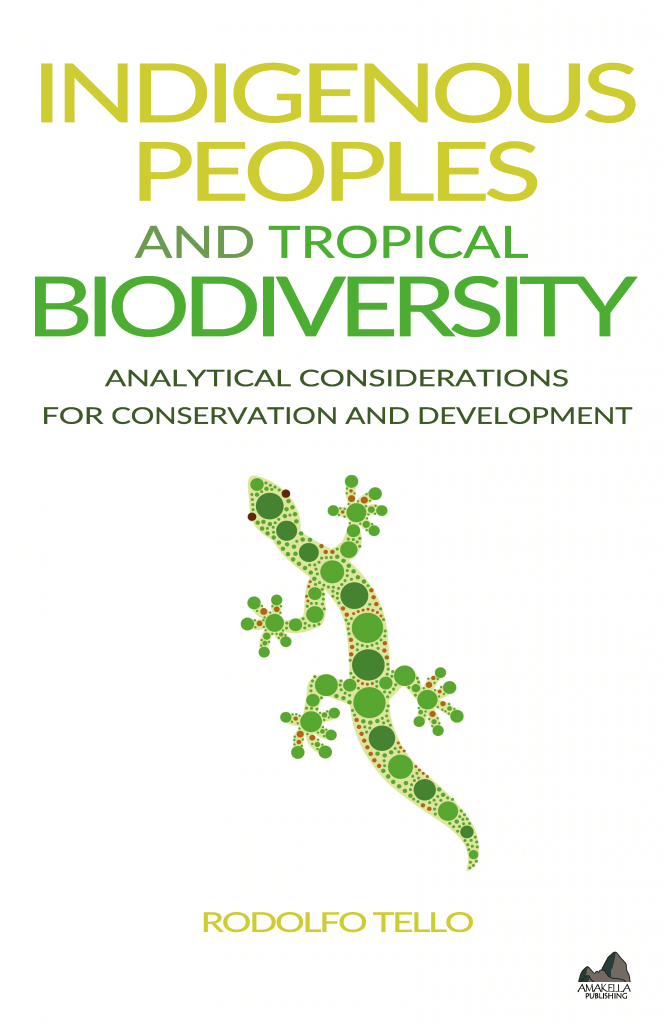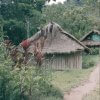Indigenous Peoples and Tropical Biodiversity: Analytical Considerations for Conservation and Development
An innovative analytical framework to understand the environmental behavior of indigenous peoples and its effects on biodiversity
Achieving environmental conservation and socioeconomic development is a challenging endeavor, particularly when we do not have the necessary tools to develop a clear understanding of the dynamic relationship between indigenous communities and biodiversity in tropical forests.
Theories and models oftentimes fail to provide guidance about how to integrate general principles with the specific circumstances of indigenous groups, leaving an operational gap between theory and practice.

This book addresses that gap, providing elements that are crucial to understanding indigenous environmental behavior, particularly in contexts characterized by rapid cultural change and greater diversification of livelihoods.
The flexible analytical framework presented in this book will enable readers to develop a solid understanding of the relationship between indigenous peoples and tropical biodiversity, the basis for the design and implementation of socially and environmentally sustainable conservation strategies.
This book by Rodolfo Tello is available in hardcover, paperback, and digital editions. Amakella Publishing, 2015. 136 pages. Dimensions: 5.5 x 8.5 inches. ISBN-13: 978-1633870079.

From the Inside Flap
Recommended for any person looking to understand what drives the environmental behavior of indigenous peoples in tropical forests. Specific areas covered in the book include the main representations of indigenous environmental behavior in tropical forests; the changing nature of the environmental behavior displayed by indigenous peoples; the factors encouraging environmental conservation or natural resource degradation; the biological, cultural and socioeconomic dimensions of environmental behavior; a framework to organize the different factors shaping environmental behavior; how historical processes shape indigenous environmental behavior in significant ways; the effect of regional socioeconomic trends on community-based conservation; how to achieve environmental conservation and sustainable development.
Start reading this book here:

“Variation in environmental behavior can be potentially influenced by multiple factors. Each of these factors can be among the most influential aspects in a given setting. However, the specific relevance of a given factor is likely to vary from one context to another. Such variability requires the adoption of an approach flexible enough to explore many potentially influential aspects, assess the interplay among them, define local priorities according to the particular conditions of each setting, and organize all this information in a coherent manner.”


